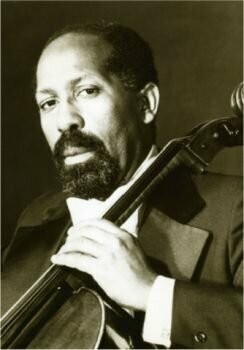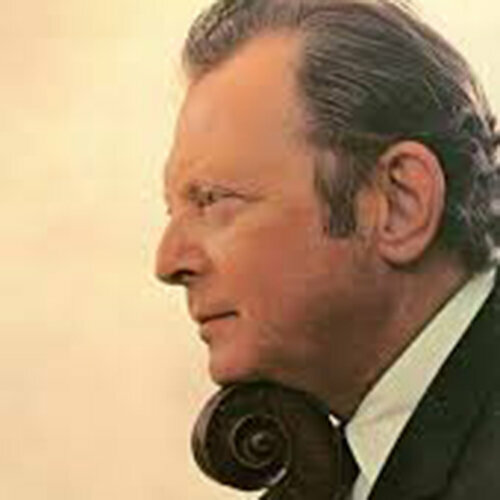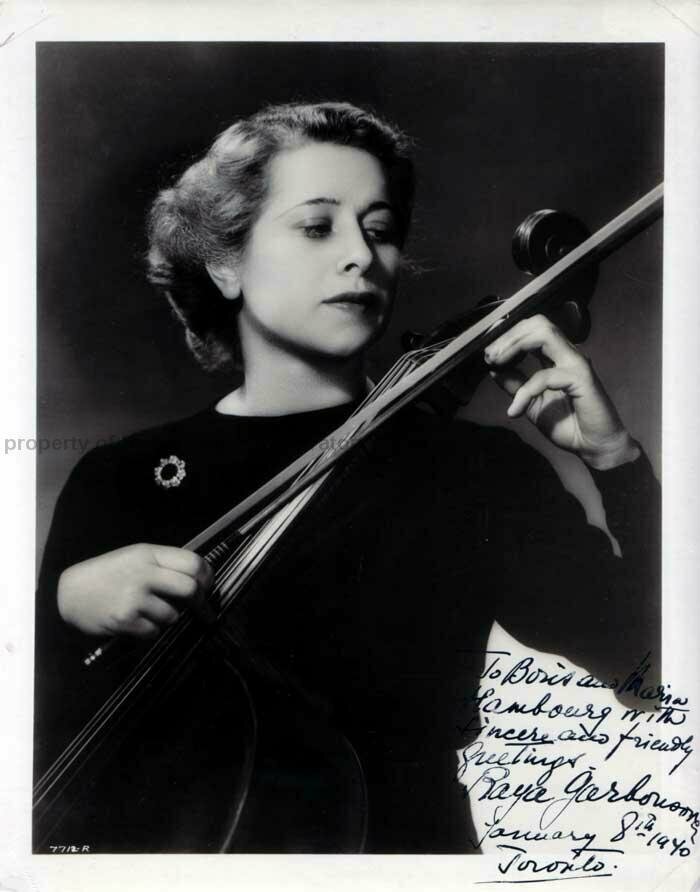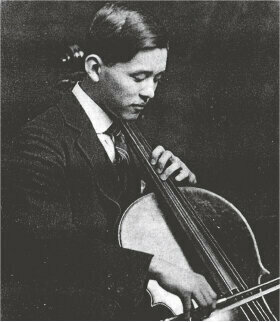Eva Heinitz, cello soloist of international repute, who performed chamber music with violinists, Heifetz, Menuhin, Milstein, Szigeti, and Stern, was an exceptional teacher before she became known as “The Wanda Landowska of the Viola da Gamba.”
Blogs
Felix Salmond (1888-1952) was one of the most influential cello teachers in America. As a professor at the Juilliard School, and later the Curtis Institute of Music, his pupils include Leonard Rose, Samuel Mayes, Orlando Cole, Bernard Greenhouse, Frank Miller,
Although African-Americans have excelled in jazz, gospel, R & B, hip-hop and other genres of music, the many influential artists, composers, and performers of classical music in the twentieth century are relatively unknown. They include the cellist Kermit Moore who
No-one could have predicted that Lev Aronson, from an impoverished family, interned in concentration camps during World War II, who overcame horrific experiences as a slave laborer —would become principal cello of the Dallas Symphony, and beloved cello teacher. His
The eminent cellist, Raya Garbousova, had it all—a gorgeous cello sound, formidable technique, boundless energy, and movie-star allure. Born in Tbilisi, the Capital of the country of Georgia, in 1909, (there are some disputes about her age. Some sources list
In time for Women’s History Month, we should consider the women composers in our world. Hmmm. None come to mind? Expand your thoughts, think of bigger concepts. Think international. Chihchun Chi-sun Lee is a Taiwanese composer who studied in Taiwan
Western music flourishes in Japan in the early twentieth century, mainly due to the influence of Hideo Saito, who performed and conducted to the end of his days. Hideo Saito is considered one of Japan’s greatest music teachers.
Gaspar Cassadó was another distinguished virtuoso and composer of cello music. His Requiebros, and Dance of the Green Devil are two encore pieces we cellists love to play.








